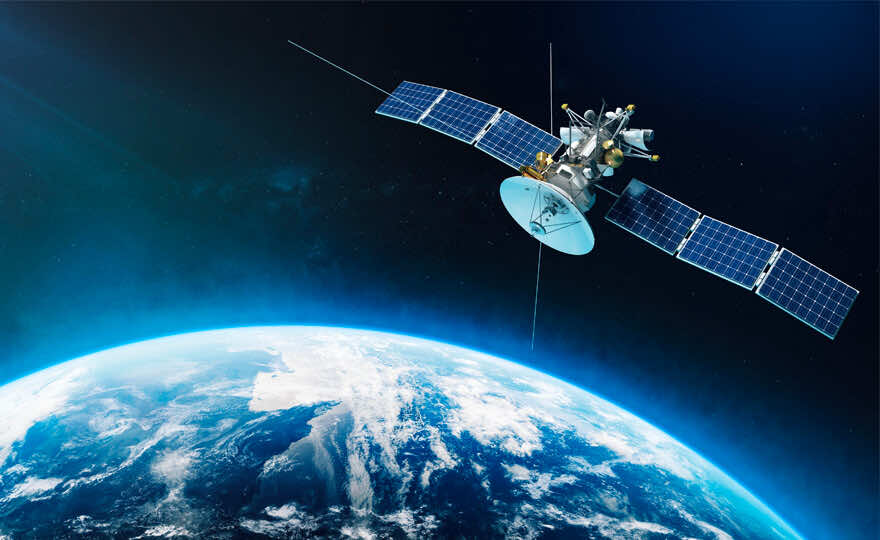Like every other machine, satellites do not last forever. Whether their job is to observe the weather, measure greenhouse gases in the atmosphere, or point away from Earth to study the stars, eventually, all satellites grow old, wear out, and die. But what happens when a satellite burns up in Earth’s atmosphere. Scientists at the German Aerospace Center (DLR) imitated what happens when a satellite burns up in the Earth’s atmosphere.

A test was conducted in a specialized LK3 plasma wind chamber to identify whether the massive part of a satellite (SADM) or Solar Array Drive Mechanism would be able to keep its solar panels pointed at the Sun or would burn up during re-entry.
Gas temperatures being blasted through the inside of the tunnel at several miles per second can reach up to 7,000 Kelvin, or over 12,000 degrees Fahrenheit — sufficient to burn up the satellite in an amazing light show.
Due to the part’s significant bulk, it has a risk of becoming a dangerous piece of space junk, lost in Earth’s orbit eternally.

To be safe and sure that no junk is left in orbit, several private companies populate the night sky with constellations made up of tens of thousands of satellites. Constructing satellites to burn up in the atmosphere upon retirement is our best strategy.
Due to the DLR’s research, scientists pretty much know how to fine-tune a satellite’s “demisability.” For instance, the melting SADM showed that shifting to a lower melting point aluminum could “promote an earlier, higher-altitude breakup,” according to a press description about the experiment. Besides looking amazing on the lens, the tests surely serve an essential purpose, i.e., safeguarding Earth’s orbit and not letting it destroyed by space junk.


